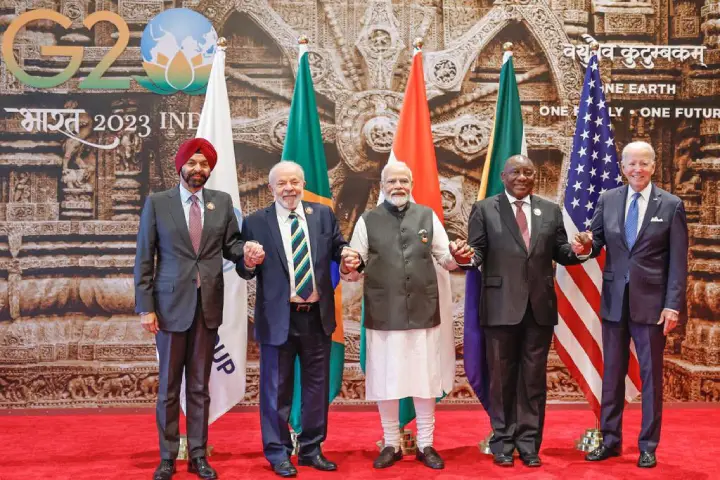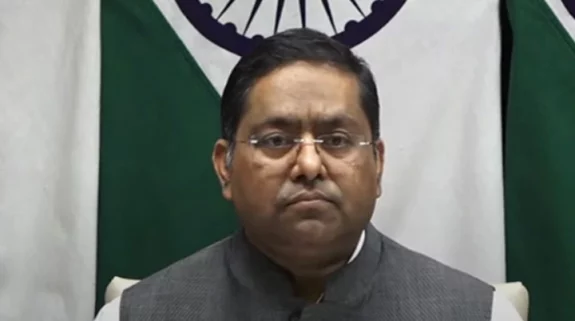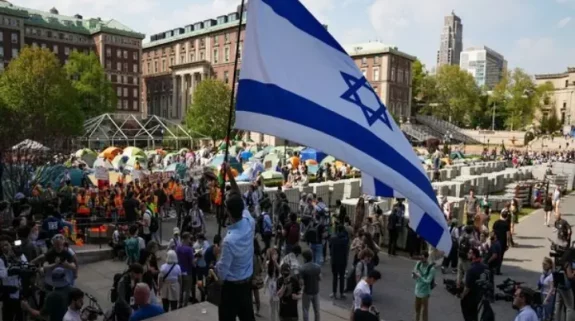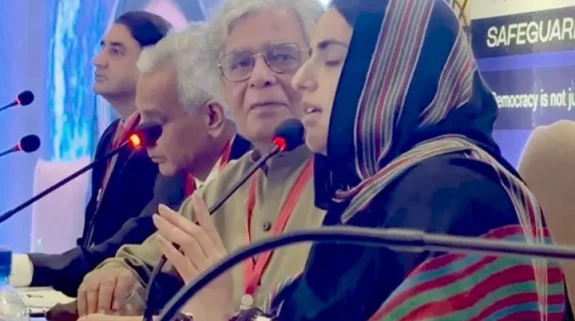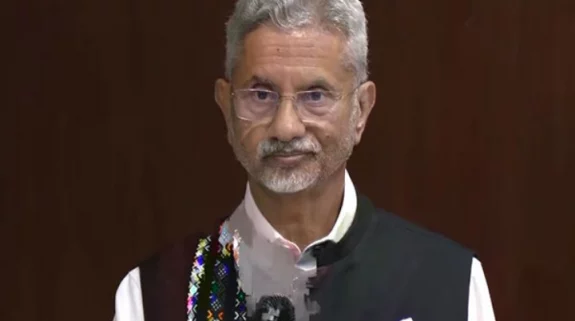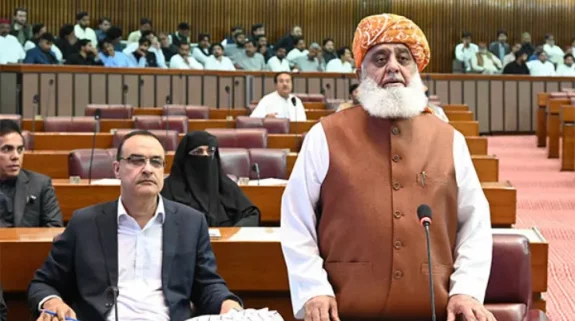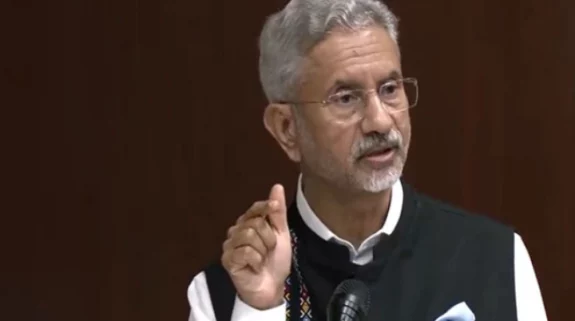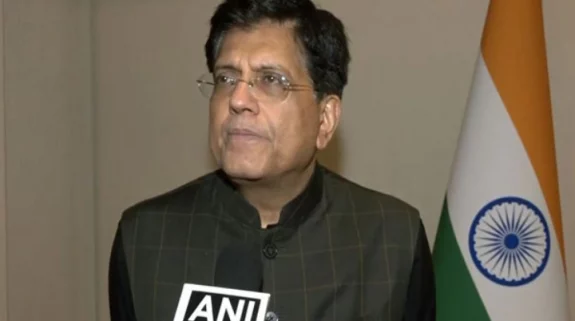The G20 meeting under India’s presidency has been a remarkable success. After intensive negotiations that continued till the last minute, a Leaders Declaration could be issued based on a complete consensus.
This was a notable diplomatic feat given the deep divide between the West and Russia backed by China on the Ukraine issue. The G 7 plus countries had stated repeatedly that they would not agree to any joint statement that did not condemn Russia for its aggression against Ukraine. Equally, Russia, supported by China, had hardened its position and was unwilling to accept even the Bali consensus.
#WATCH | G-20 in India: PM Narendra Modi says, ” I have received good news. Due to the hard work of our team, consensus has been built on New Delhi G20 Leaders’ Summit Declaration. My proposal is to adopt this leadership declaration. I announce to adopt this declaration. On this… pic.twitter.com/7mfuzP0qz9
— ANI (@ANI) September 9, 2023
There are many reasons why India succeeded. One, Prime Minister Modi has boosted India’s position on the global stage. He has achieved this by strengthening ties with the US as well as European countries, especially France, even as he has continued to nurture traditional ties with Russia. If President Biden says that the US-India relationship is set to be one of the most defining ones of the 21st century, President Putin has spoken of “special ties with India that are built on the foundation of really close allied relations for decades” and lauded Prime Minister Modi for pursuing an independent foreign policy in the interest of his country.
India, under Modi, has intensively cultivated the Gulf countries, consolidated ties with Japan, closely engaged major ASEAN countries, and, of course, paid attention to India’s ties with Africa. As part of a policy of preserving its strategic autonomy, India is a member of the Quad as well as of BRICS and the SCO. With growing fragmentation at the international level, Modi is seen as a leader who can act as a bridge between the North-South and East-West divides more plausibly than most others.
Two, India’s steady economic rise and the view that it could become the world’s third largest economy by 2027 has increased its value as a partner country. Its credibility as a technology partner in many areas and a recognition of its human potential are growing.
Three, India’s unwillingness to take sides on the Ukraine conflict helped in the exercise of its presidency because in addition to its brokering role as president of the G 20, it preserved its manoeuvrability with both sides, even though the West was unhappy initially with India’s neutral stance but had begun to live with it, no doubt concluding that the process of strengthening ties with a rising India could not be held back because of differences of position on the Ukraine crisis. The Russian side, in turn, has appreciated India’s independent position on Ukraine, reflected in Russia emerging as India’s top oil supplier despite western sanctions. India, as G 20 president, could therefore talk to both sides with some credibility as a country genuinely seeking middle ground.
Four, the leadership of the Global South that India took bolstered its position. India convened a “Voice of the Global South” virtual meeting in January 2023 in which 125 leaders of the developing world participated. The aim was to put the needs and concerns of the Global South more emphatically on the G20 agenda. This was logical, as the G 20 consists of both the G 7 plus as well as key members of the Global South. (India had invited a few developing countries, including Bangladesh, as special guests). With the pandemic and the Ukraine conflict aggravating the problems facing the developing countries in particular, it became all the more necessary to highlight them. India’s lead to make the African Union a permanent G 20 member (making the group G 21) was part of India’s effort to increase the weight of the Global South in G 20 deliberations. This gave India more diplomatic clout in steering its G 20 presidency.
Five, India is now seen by the US especially, and given the differences emerging between Europe and China, by Europe too, as a counterweight to China. With China and Russia becoming strategically closer, the geo-strategic value of India to the West has grown. With both China and Russia being G 20 members, embarrassing India by blocking a consensus document on the Ukraine issue under its presidency would have indirectly given China diplomatic comfort, which the US did not presumably want.
Six, if the G 20 had failed to issue a joint declaration, which would have been the first time in its history, India’s “fence sitting”, “friends with all sides” diplomacy would have come under criticism, both at home and abroad. For Prime Minister Modi, who has sought to use India’s G20 presidency to showcase a resurgent India, and has expended so much of his personal capital to make it a success, it would have been a blow. This would not have served US needs either. The US National Security Adviser, Jake Sullivan, had said before the summit that it would be an occasion for the US to discuss some very specific issues of importance with India. To do this successfully would have required a flexible US position on the Ukraine crisis, which was the case eventually.
A more accommodating position on Ukraine at the G 20 summit would obviously have the downside of inviting domestic criticism in the US about a softening of its position on Ukraine, besides that of creating a new template for language on the conflict in multilateral forums that omits any mention of Russia by name. The non-western countries would want to rely on the new G 20 language to ward off pressure by the G 7 to condemn Russia. But then, the language change in the G 20 document does not mean that the US and European policies and actions on the ground in Ukraine will need to change. The US is continuing to provide financial and military aid to Ukraine. Secretary of State Blinken has stated that there is no bar on Ukraine using US supplied arms to attack targets in Russia itself. It is threatening to impose more sanctions if Russia and North Korea engage in defence trade.
The US wanted to use the summit to carry forward the momentum of its ties with India. Although this was not a bilateral occasion, the elaborate India-US joint statement issued after the talks between President Biden and Prime Minister Modi demonstrates this. On September 8 itself Biden, in the joint statement, had “lauded India’s G 20 presidency for further demonstrating how the G 20 forum is delivering important outcomes”. This would have sounded ironical if the G 20 meeting had ended without a consensus based outcome, largely because of the US.
G-20 in India | PM Narendra Modi tweets, “Happy to have welcomed US President Joe Biden to 7, Lok Kalyan Marg. Our meeting was very productive. We were able to discuss numerous topics which will further economic and people-to-people linkages between India and USA. The friendship… https://t.co/fYYjZAGXnY pic.twitter.com/57y263IQkN
— ANI (@ANI) September 8, 2023
In the joint statement, India and the US reaffirmed the importance of the Quad (opposed by China and Russia). Modi said he was looking “forward to welcoming President Biden to the next Quad Leaders’ Summit to be hosted by India in 2024”.This would have drawn China’s attention. It was decided “to undertake a midterm review of iCET in September 2023 and hold the next annual iCET review, co-led by the National Security Advisors of both countries, in early 2024. In space, a joint effort to the International Space Station in 2024 will be mounted. Support for building resilient global semiconductor supply chains, with investments by specific US companies in this sector figures in the joint statement. Progress in collaboration in 5G/6G, Quantum technologies, a commitment to building resilient technology value chains and linking defence industrial ecosystems, as well as deepening and diversifying the India-US Major Partnership education partnerships, has been underlined.
The commencement of negotiations for a commercial agreement between GE Aerospace and Hindustan Aeronautical Limited (HAL) to manufacture GE F-414 jet engines in India, the conclusion of a second Master Ship Repair Agreement between the U.S. Navy and Mazagaon Dock Shipbuilders, Ltd., in August 2023, the convening by INDUS-X of the inaugural Academia Start-up Partnership at IIT Kanpur, the issuance of a Letter of Request from the Ministry of Defence of India to procure 31 General Atomics MQ-9B (16 Sky Guardian and 15 Sea Guardian) remotely piloted aircraft and their associated equipment, India-U.S. collaboration in nuclear energy, including in development of next generation small modular reactor technologies in a collaborative mode, in emerging renewable technologies and energy systems, an ambitious “Innovation Handshake” agenda to forge connections between the two countries’ innovation ecosystems- all figure in the joint statement.
The India-US joint statement was also a diplomatic message to other G 20 participants about the growth of US-India ties. The Chinese views these expanding ties as a US bid to draw India into an anti-Chinese coalition. They have encouraged speculation that their hardening posture on the border is partly a reaction to this, which is not the case as China has stood by its position on the border even when India-US ties were in bad shape. That Prime Minister Modi had no meeting with the Chinese PM stood out in contrast to the meeting with the US president, which the Chinese would have noted. They would have also noted the significance of the MOU on India-Middle East-Europe economic corridor unveiled at the G 20 by India, Saudi Arabia, the UAE, France, Germany, Italy and the US.
Also View: G20 Summit 2023 Glimpses | Transformative Outcomes From India’s Presidency
(Kanwal Sibal is India’s former Foreign Secretary and Ambassador to Russia. Views expressed are personal and exclusive to India Narrative)






